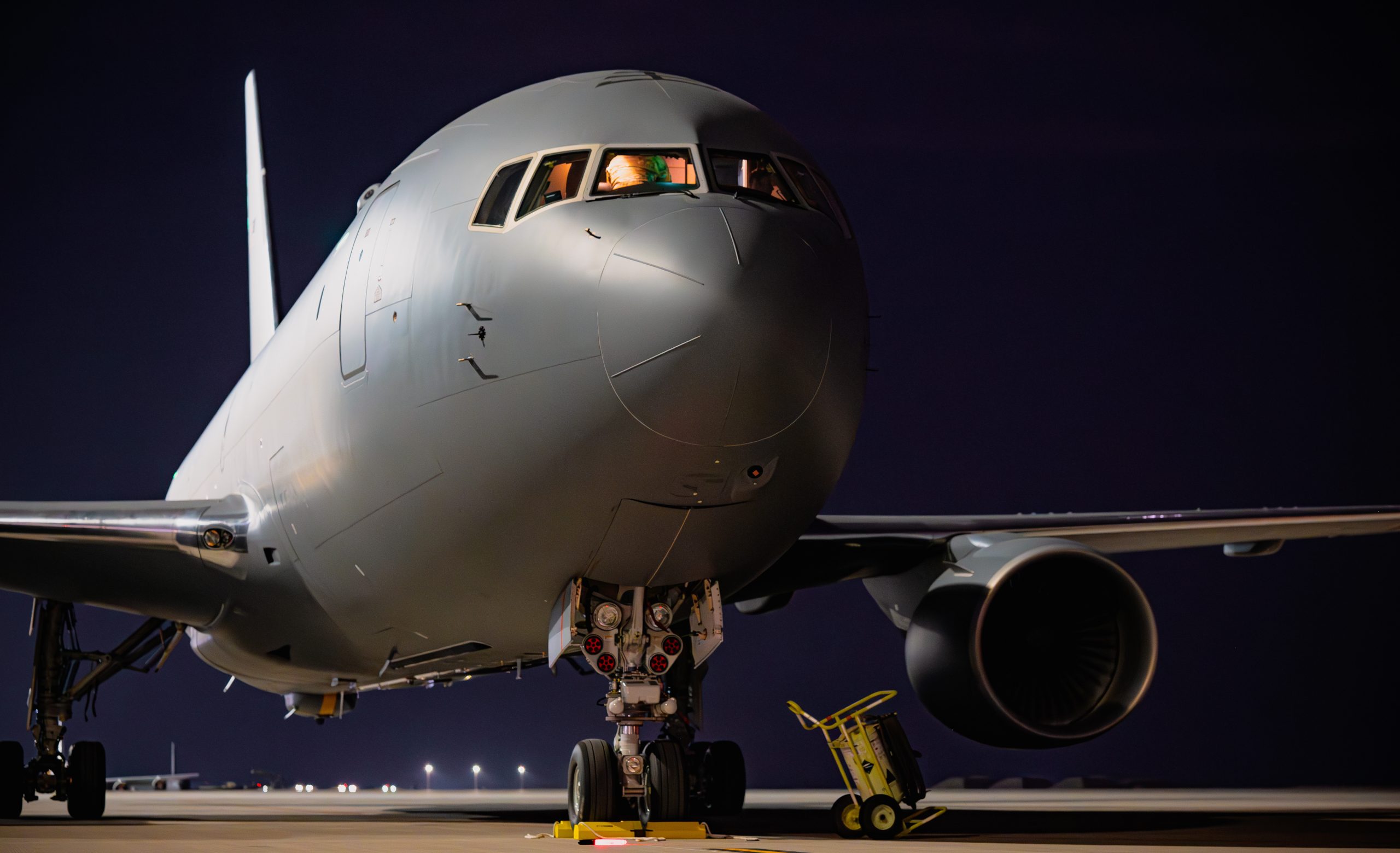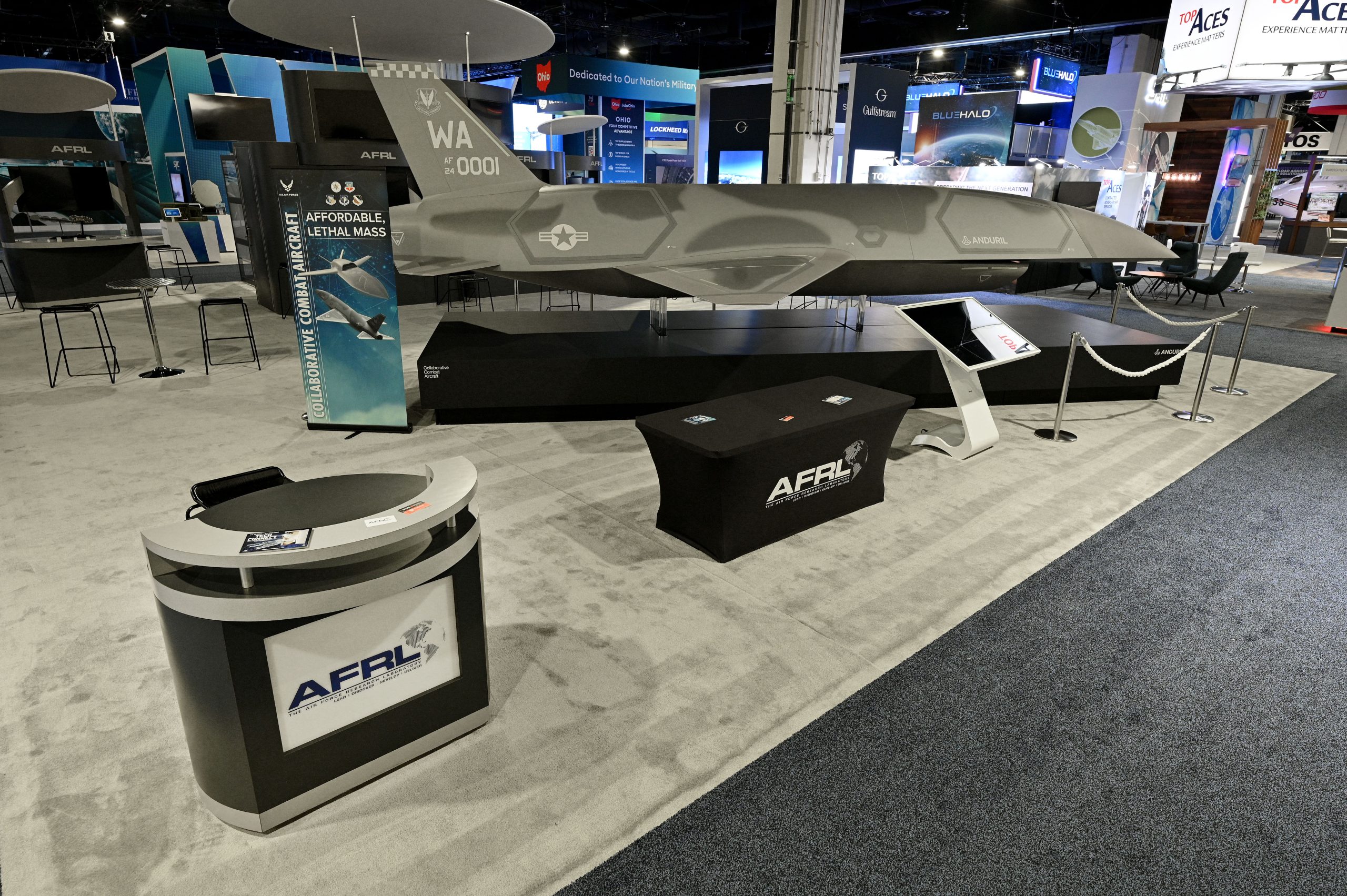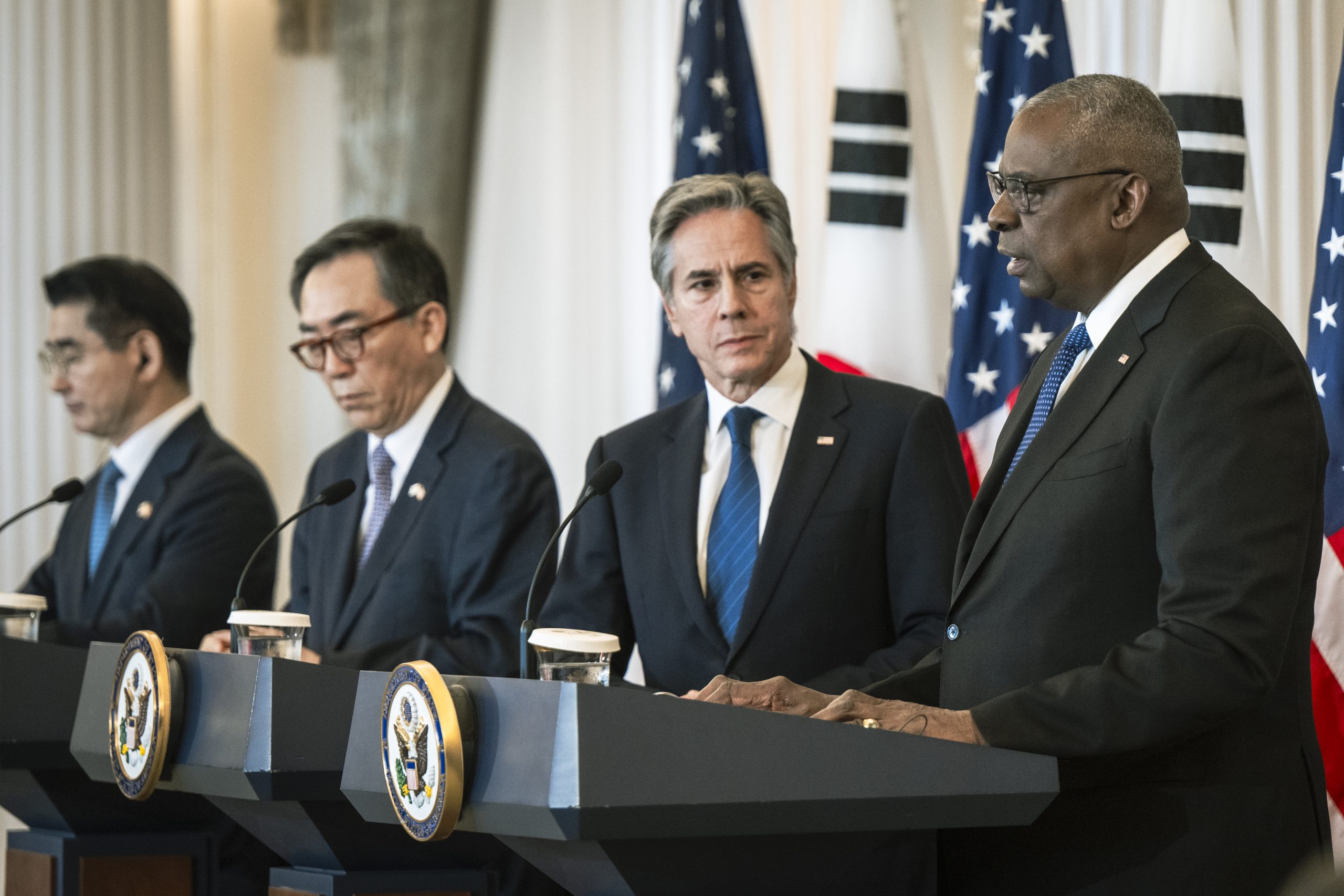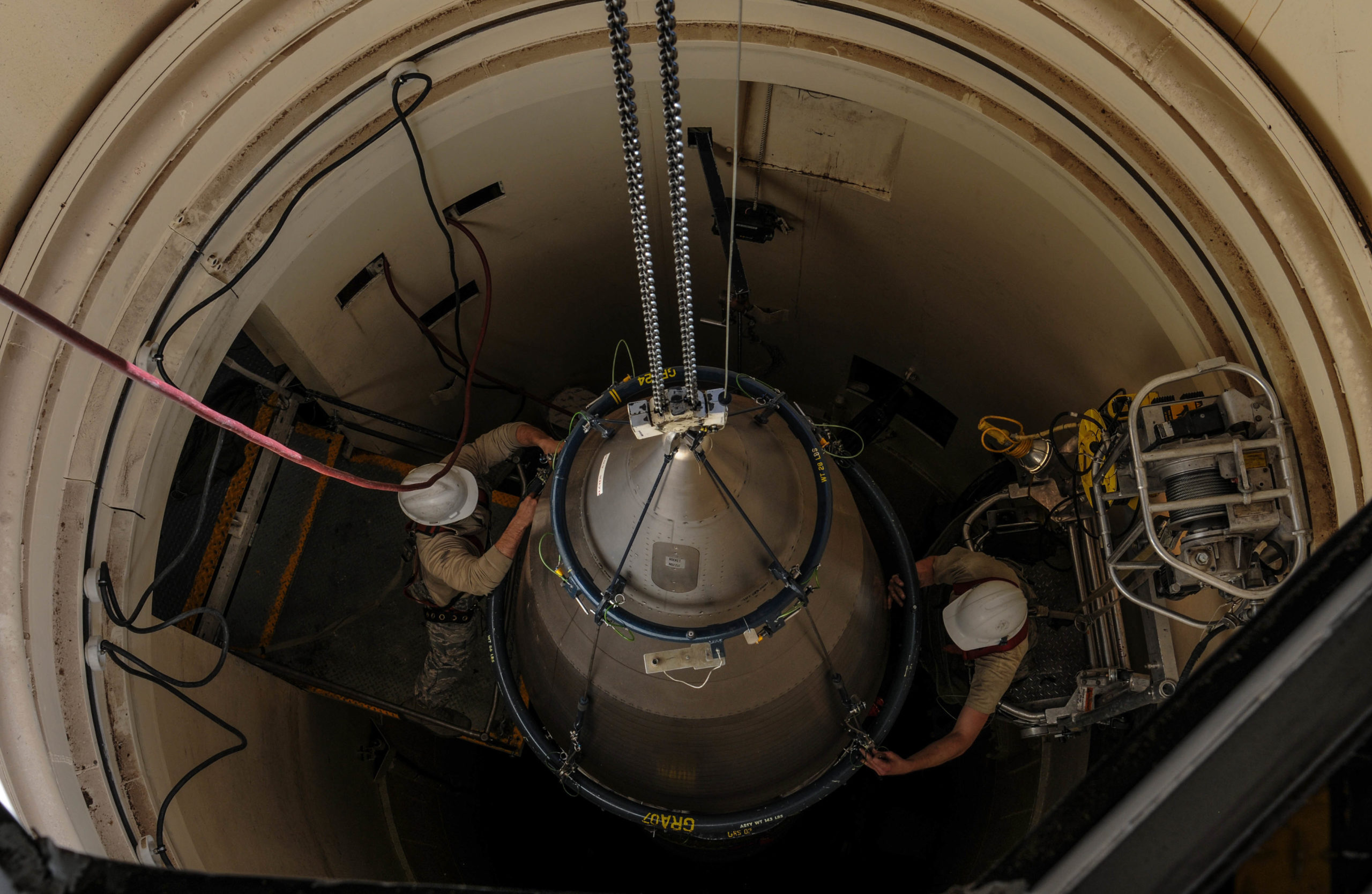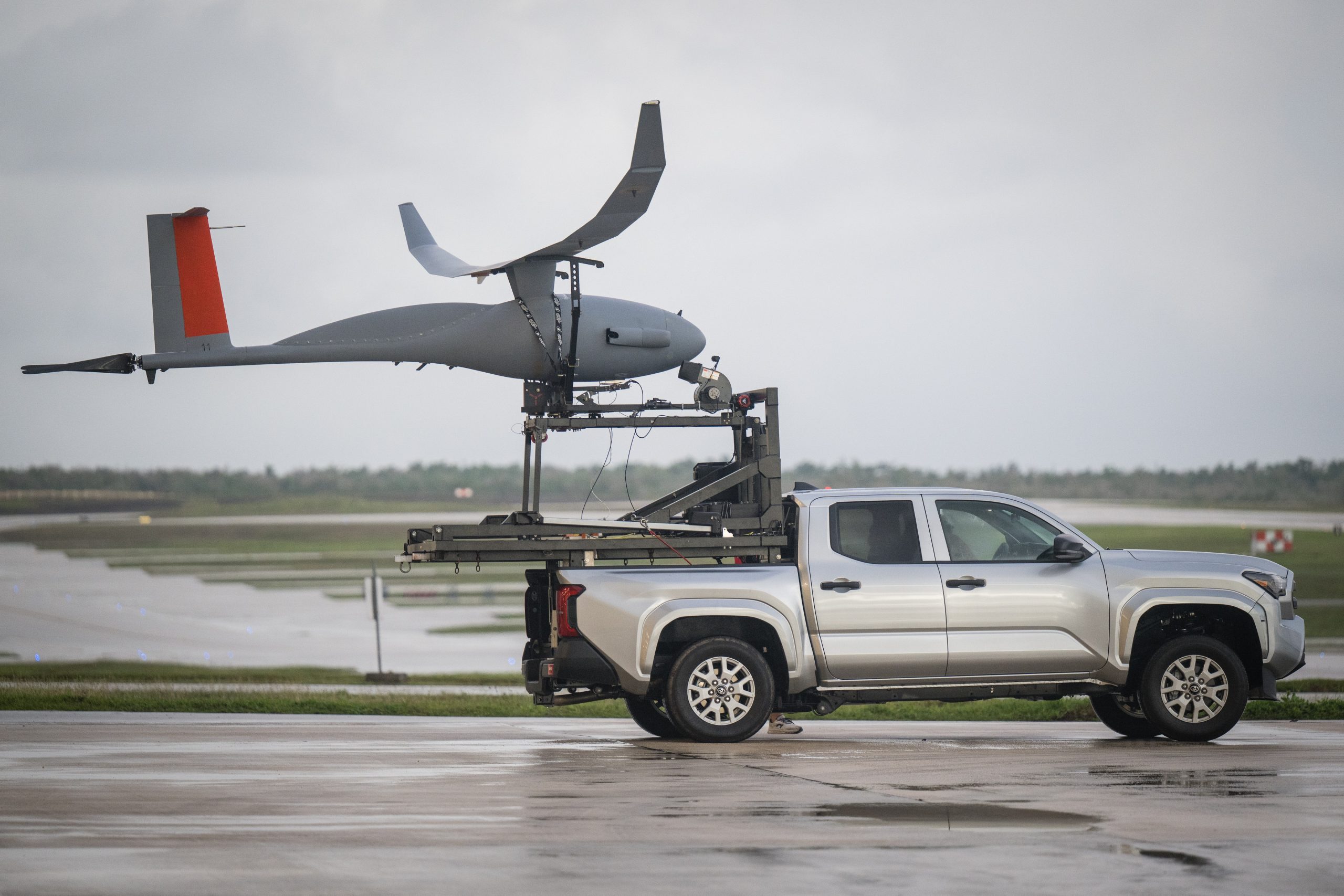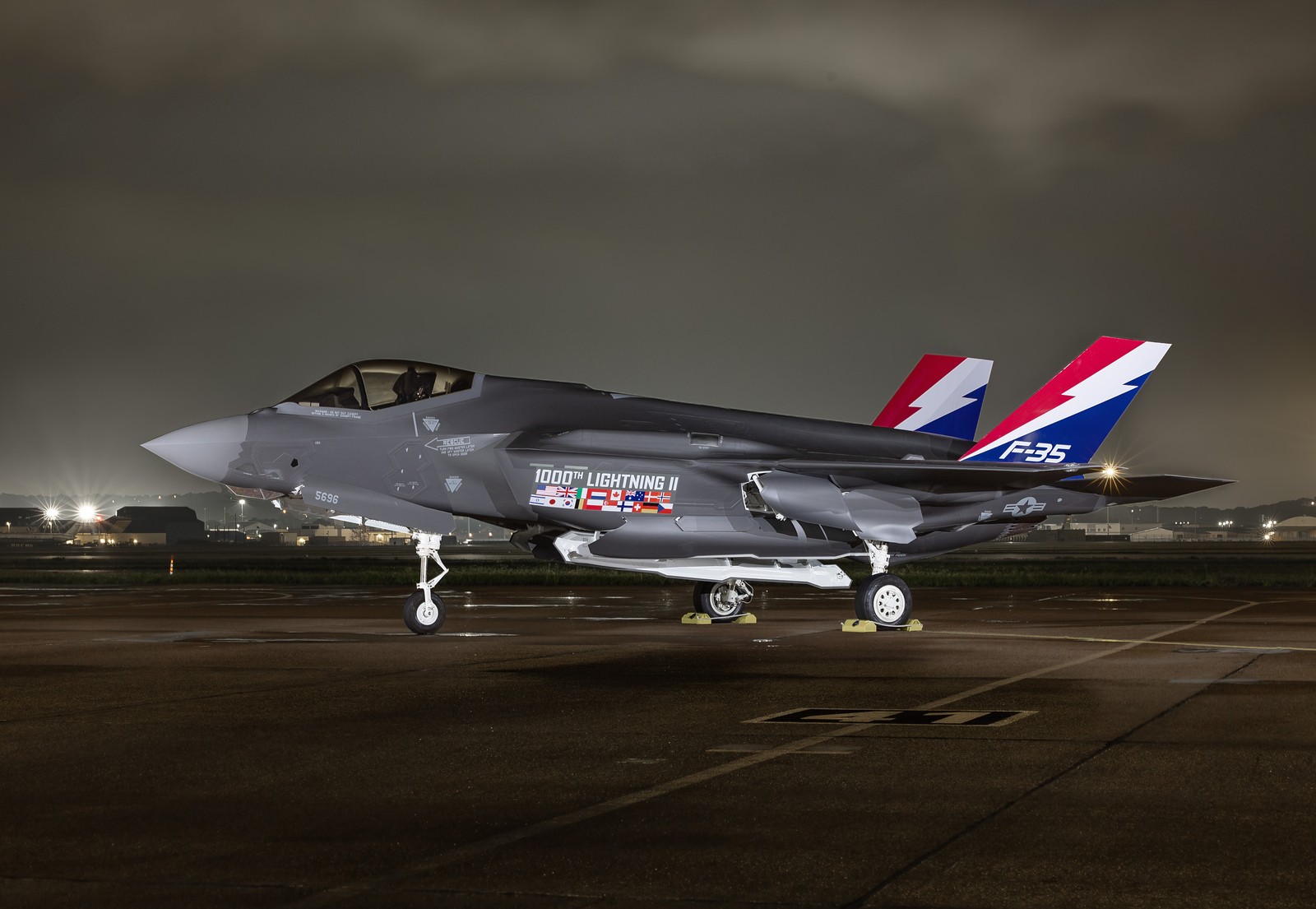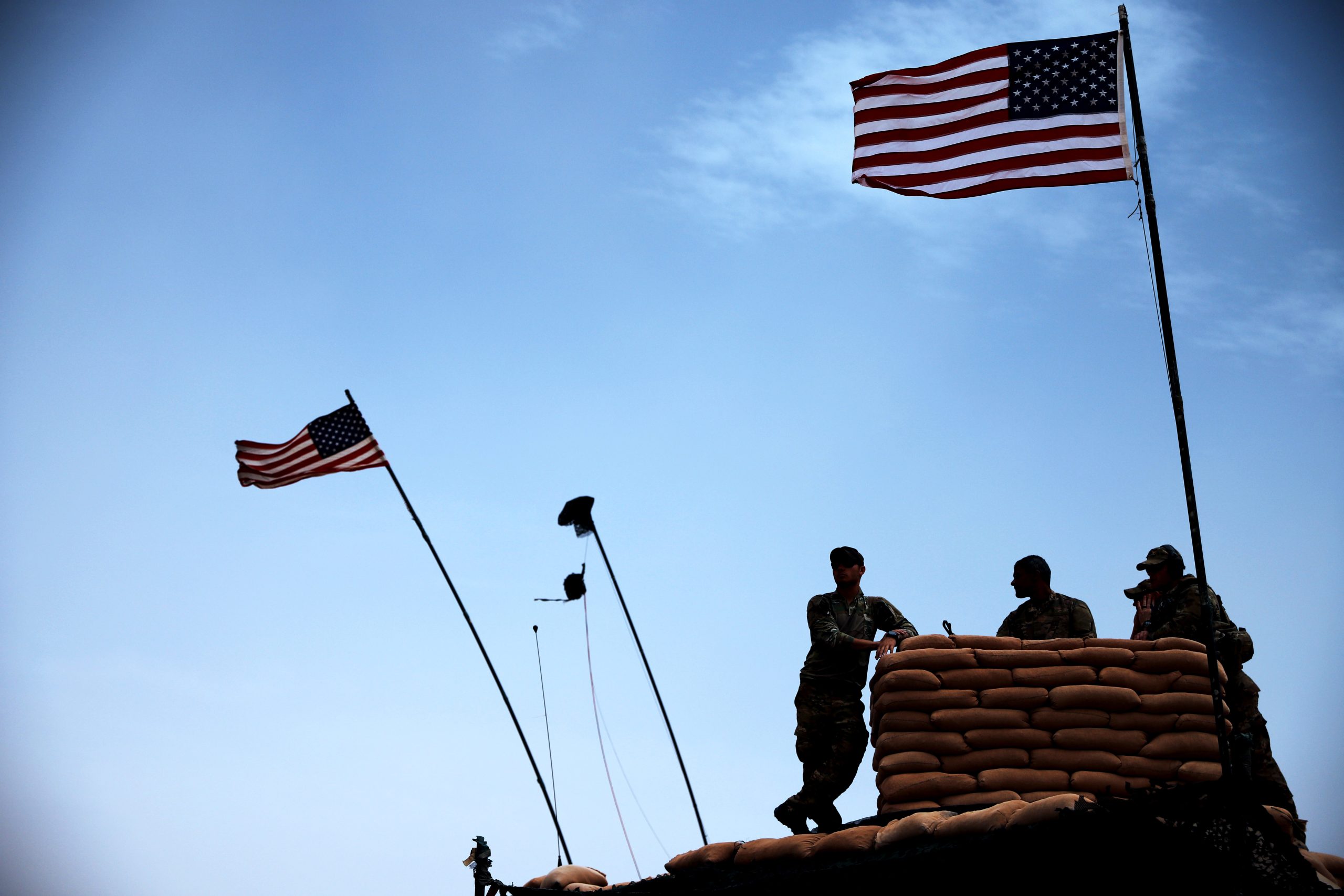On the eve of Election Day, the U.S. Senate is projected to swing ever so narrowly to the Republican party, while the race for the presidency has Donald Trump and Kamala Harris in a virtual tie, and control of the House of Representatives remains anyone’s guess.
Regardless of who wins the White House, however, a host of changes are headed our way, many of which will impact the Air Force, Space Force, and the rest of the military family. Here are four of them.
Civilian Leadership
Whoever wins the White House gest to reshape the civilian leadership of the national security enterprise, beginning with the Pentagon. The Defense Secretary and his underlings and the Air Force Secretary and his civilian leadership team are all appointed positions, subject to confirmation by the Senate.
When administrations change, so do those civilian leaders, usually on or before Jan. 20, when the new president is inaugurated. The rare exception: President Barack Obama’s decision to ask his predecessor’s Defense Secretary, Robert Gates, to stay on. That was especially unusual given that Gates was appointed by President George W. Bush, a Republican, and Obama was a Democrat elected on a platform of change. Yet Gates didn’t just stay a short while. He remained secretary until June 30, 2011.
That’s not likely to happen this time. Defense Secretary Lloyd J. Austin III, 71, and closely aligned with President Joe Biden, will relinquish the job he has held the past four years. He has endured cancer and hospitalization during his tenure.
Air Force Secretary Frank Kendall, is another story. Kendall has indicated he would like to stay in office. Though he will be 76 in January, he remains healthy, vibrant, and effective. Whether he stays or not depends not only on who wins the White House but also who the White House chooses for Defense Secretary.
If Trump wins, Sen. Tom Cotton (R-Ark.) is seen by multiple media outlets as a leading contender for Defense Secretary. A member of the Senate Armed Services Committee, Cotton has been an advocate for Air Force programs, and recently suggested the Air Force should acquire more than the 100 B-21 bombers in its current plan.
If Harris wins, however, America’s first woman president could appoint its first female Secretary of Defense. Army Secretary Christine Wormuth is one leading candidate cited by multiple media outlets, but Michelle Flournoy, a former Undersecretary for Policy under Gates during the Obama years, is also a leading candidate. Flournoy narrowly missed out on the job four years ago.
Wormuth admired Kendall’s work to define seven “operational imperatives” for the Air and Space Forces and sought to do the same for the Army. She would face speticism, however, over her ability to treat the services fairly after a long tenure leading the Army. Flournoy has been criticized for connections to the defense industry, but her policy credentials are widely respected and her industry ties are unlikely to prove troublesome.
A potential dark horse is Rep. Adam Smith (D-Wash.), identified by POLITICO as a contender. His appointment would put an Air Force skeptic atop the Pentagon. Over more than a decade as the top Democrat on the House Armed Services Committee, Smith has been a consistent and vocal critic of the F-35, and an ardent opponent of the land-based leg of the nuclear triad. Smith opposes the Sentinel ICBM, and has argued it is in need of a “rethink.”
Control of Congress
The Hill gives the Republicans a 75 percent chance of winning the Senate, and Republicans hope to have at least 52 of 100 seats; they could get as many as 54. Assuming they win the majority, Sen. Roger Wicker (R-Miss.), the highest-ranking Republican on the Senate Armed Services Committee, would become chairman.
Wicker pressed for a $55 billion increase in defense spending last spring, and laid out a detailed defense modernization plan at the same time, championing the Air Force, in particular. He has called for acquiring at least 340 fighter jets over the next five years than current Air Force plans would buy and has advocated for doubling the planned B-21 fleet to 200. He reiterated that message in a Wall Street Journal op-ed co-authored with fellow Republican Sen. Eric Schmitt for the Wall Street Journal.
Key to achieving that agenda, regardless of who wins the presidency, is the outlook in the House. Should Republicans retain their current majority, Rep. Mike Rogers (Ala.) would remain Chairman. Often credited as the main legislative driver for creating a Space Force, Rogers has two more years before House Republican rules would force him to relinquish the seat. Rogers has fought hard to get U.S. Space Command to move to Alabama, and appeared to have won the contest in the waning days of the Trump administration. The decision was later reversed, however, and could be open for debate again if the chips go the Republicans’ way.
Rep. Rob Wittman (R-Va.) is seen as a potential successor to Rogers, and would expand his influence as chair of the Tactical Air and Land subcommittee if Republicans hold the House. Wittman has been supportive of the Air Force’s Collaborative Combat Aircraft program, and while he has shown frustration with the F-35 program and hails from a heavily Navy district, that district also contains Langley Air Force Base, home to Air Combat Command and the Air Force’s F-22 fleet.
If Democrats take control of the House, however, Smith would regain the chairmanship of the House Armed Services Committee. That is, unless he moved to the Pentagon. In that case, Rep. Chrissy Houlahan (D-Pa.) could gain prominence. She is an Air Force veteran who previously helped lead the committee’s Quality of Life panel.
Races to Watch
Several lawmakers who have been key figures in defense in recent years are facing serious headwinds as they fight for reelection.
Two of the Air Force’s biggest boosters, both Nebraska Republicans, face tough reelection battles: Rep. Don Bacon and Sen. Deb Fischer.
Bacon is a retired Air Force brigadier general who has pushed to recapitalize the fighter fleet, particularly in the Air National Guard. He currently leads the House Armed Services Quality of Life subcommittee, and has championed substantial pay raises for junior enlisted members to spur recruiting and retention. In a district that includes Offutt Air Force Base, Bacon is facing fierce competition from state Rep. Tony Vargas, whom he defeated in 2022 by a mere 2.66 percentage points. Polls show him trailing Vargas in a race that has drawn national leaders to invest time and effort on both sides.
Fischer—chair of the Senate Armed Services Strategic Forces subcommittee—is being challenged by an independent, Dan Osborne, a Navy veteran who has said he will caucus with neither party if elected. In a state that’s home to U.S. Strategic Command, Fischer has been a fierce advocate for nuclear modernization. Polls show a tight race, even though Osborn lacks party backing and resources.
Another surprising race has Montana Sen. Jon Tester, a three-term Senate Democrat in a mostly Republican state, under duress. Tester, the top Democrat on the Senate Appropriations Defense subcommittee, has been a strong advocate for ICBM modernization, a key factor for a state that is home to Malmstrom Air Force Base. But the Sentinel ICBM program has been hit with cost and schedule overruns, and Tester has been hit with a surprisingly strong campaign from Republican Tim Sheehy, a political novice
Veterans in Congress
There are 30 former Air Force, Air Force Reserve, and Air National Guard members running for Congress, only two of whom are incumbents, according to a Military Times analysis. Among them, media analytics specialist FiveThirtyEight calculates that:
- 11 have at least 99 percent chance of victory
- Three others are favored to win
- And 16 are either not favored or have no chance to win.
The net result is that Congress should gain a number of members with Air Force roots, among them Republicans Sheri Biggs (S.C.) and Troy Downing (Mont.) and Democrat Herbert Conaway Jr. (N.J.)

